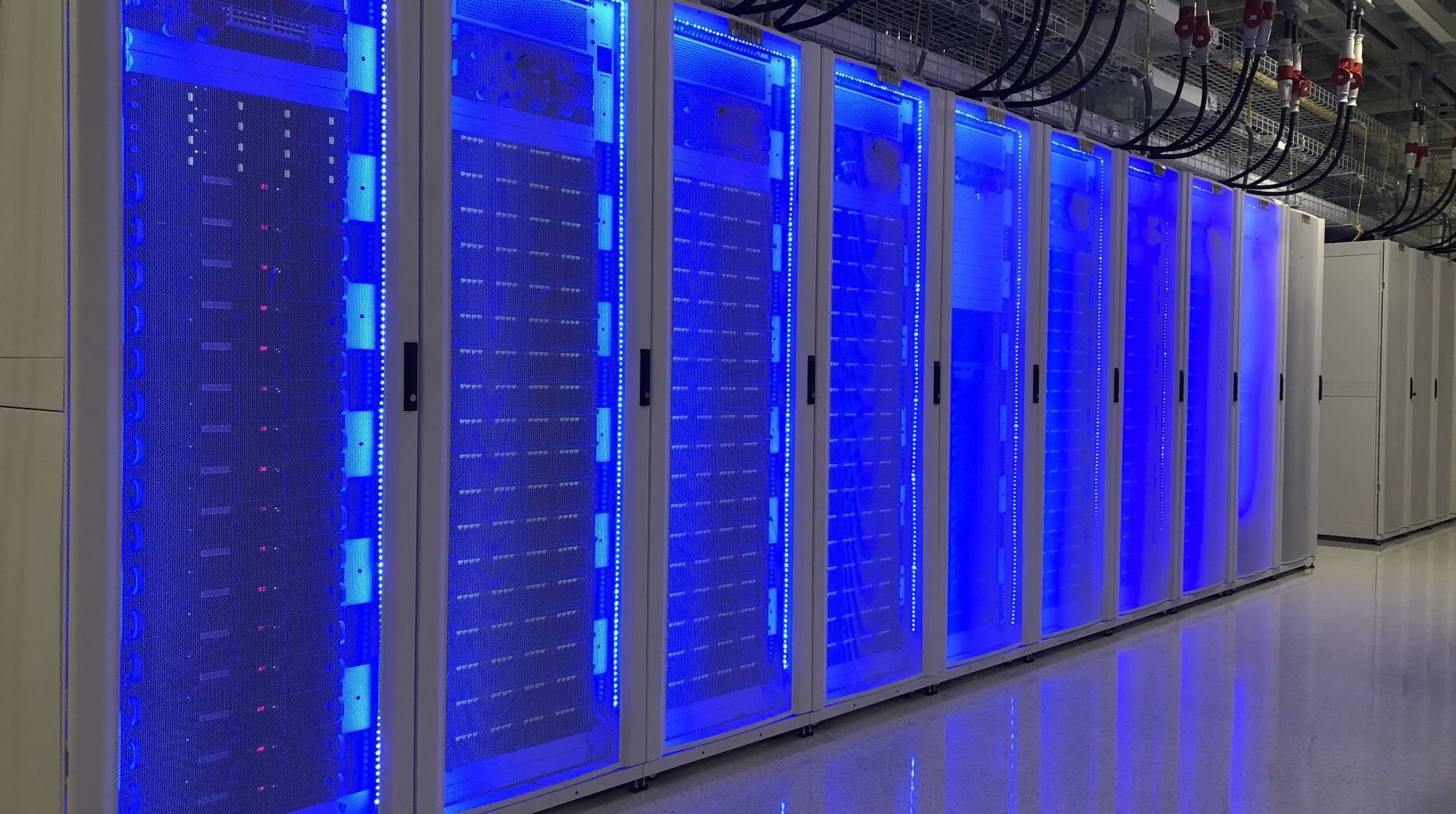Science and engineering are entering a new era, driven by vast amounts of data and intelligent AI tools. However, as research becomes increasingly high-tech, the behind-the-scenes systems become more complex, with different tools, scattered workflows, and intricate setups.
To untangle that mess, researchers need a highly flexible platform that can bring all those moving parts together into one seamless, intuitive experience. That’s where Nexus comes in.
Backed by a $20 million grant from the National Science Foundation, Georgia Tech and its collaborators are building Nexus, a cutting-edge supercomputer designed to supercharge discoveries using the power of AI.
Nexus isn’t just another supercomputer; it’s a next-gen, nationwide digital powerhouse built to fuel science and engineering like never before. Think of it as a high-speed highway connecting smart AI tools, flexible hardware, and powerful software, all working together to make research smoother and brighter.
Supercomputers for alternative energy sources
Led by Georgia Tech and backed by experts at NCSA, Nexus bridges the gap between local labs and national networks, giving researchers a seamless experience wherever they are.
Designed from scratch with AI at its core, Nexus unlocks advanced computing for scientists nationwide through a simple and intuitive interface. Whether it’s exploring climate change, revolutionizing healthcare, advancing aerospace, or building better robots, Nexus is the launchpad for it all.
Nexus packs some serious muscle, combining top-tier CPU and GPU horsepower capable of cranking out 14.5 petaflops of double-precision performance and an eye-watering 400+ petaflops tailored for AI-powered tasks. It’s not just fast, it’s lightning in a bottle.
Add in high-speed memory, a 10-petabyte all-flash file system, and a next-gen network built on InfiniBand and Socket Direct, and you’ve got an infrastructure that hums with possibility.
But the real magic? Nexus doesn’t just sit in a lab. Its intuitive software platform integrates directly into researchers’ local setups, making powerful computing feel like a natural extension of their workflow, not a disruption.
By supporting federated resource sharing, Nexus seamlessly integrates with other advanced systems, such as NSF’s Delta and DeltaAI, making it a central player in the broader cyberinfrastructure ecosystem.
Its ability to handle multi-scale, heterogeneous computing means researchers can access a range of computational setups, all through one unified interface. Whether they need raw power or tailored AI workflows, Nexus adapts to fit the task.
But this isn’t just about tech, it’s about people. Nexus will empower the STEM workforce with hands-on experiences, including training sessions, faculty development programs, collaborative research opportunities, and support for students entering AI and HPC fields.
By investing in both cutting-edge infrastructure and inclusive learning, Nexus is positioning the U.S. as a global leader in science, technology, and innovation.
Ángel Cabrera, president of Georgia Tech, said, “Georgia Tech is proud to be one of the nation’s leading sources of AI talent and technologies that are powering a revolution in our economy. We should have been selected to host this new supercomputer, which will support a new wave of AI-centered innovation across the nation. We’re grateful to the NSF, and we are excited to get to work.”
“This supercomputer will help level the playing field,” said Suresh Marru, principal investigator of the Nexus project and director of Georgia Tech’s new Center for AI in Science and Engineering (ARTISAN). “It’s designed to make powerful AI tools easier to use and available to more researchers in more places.”
